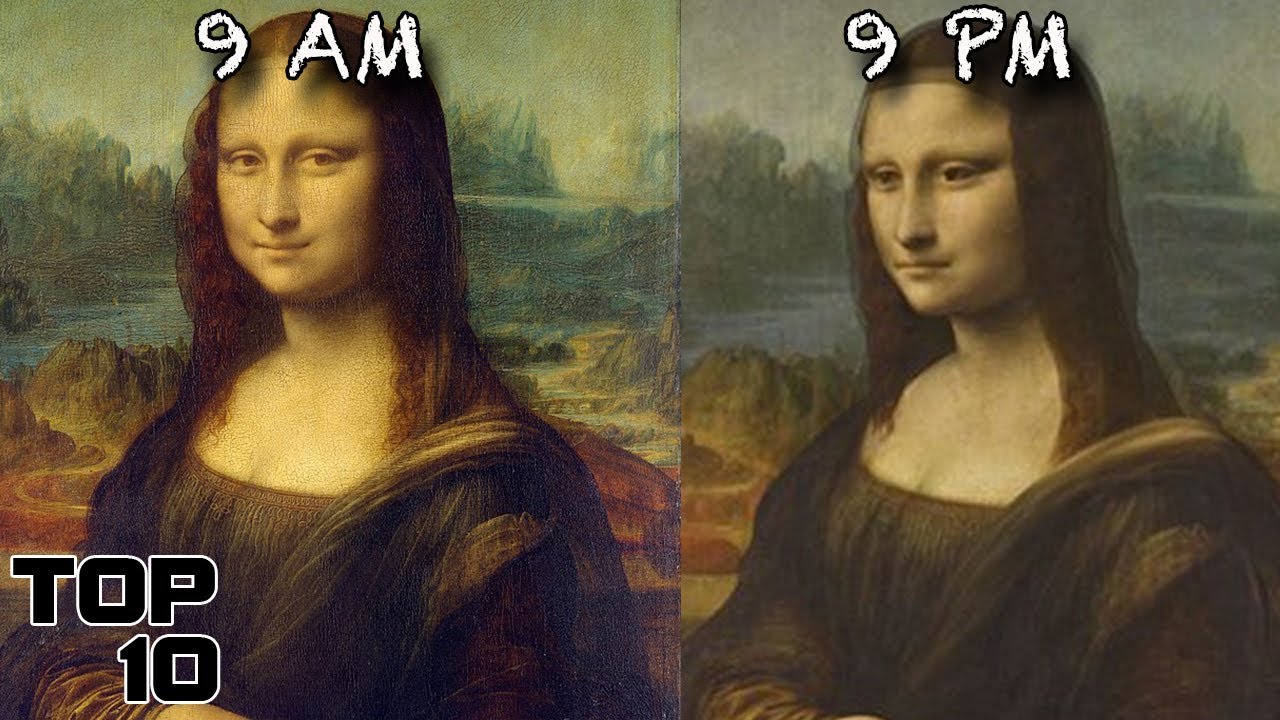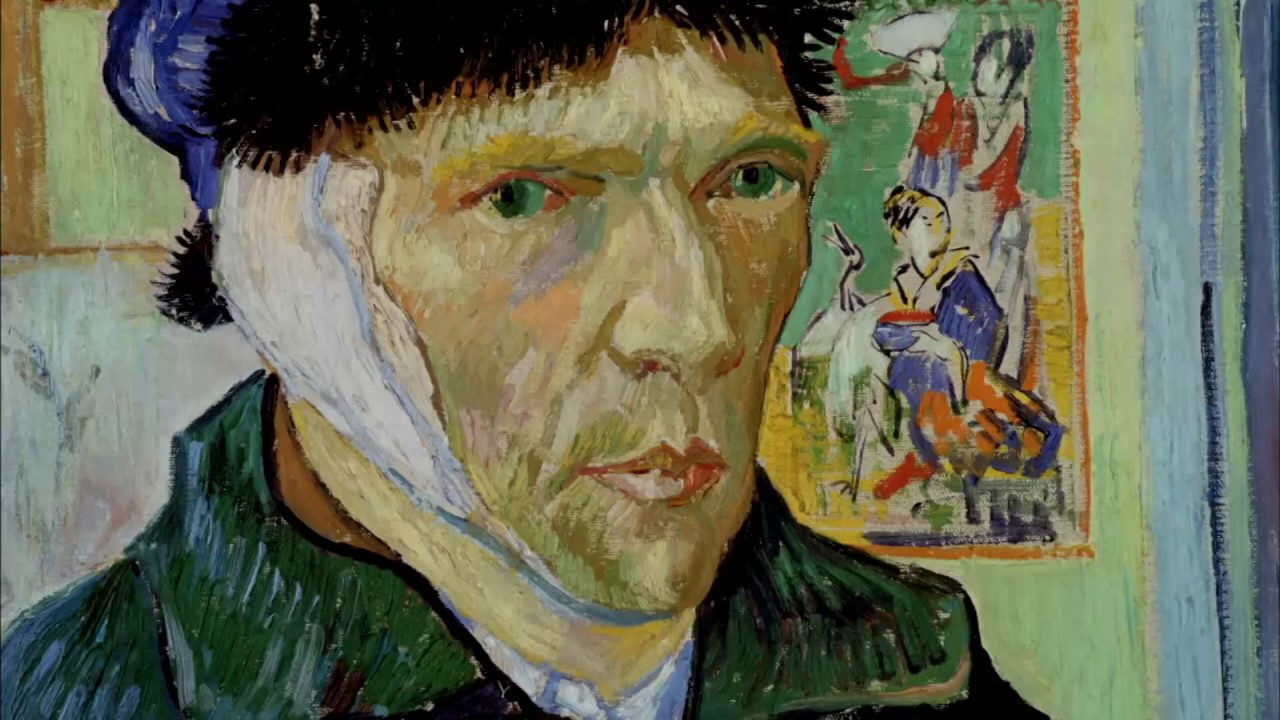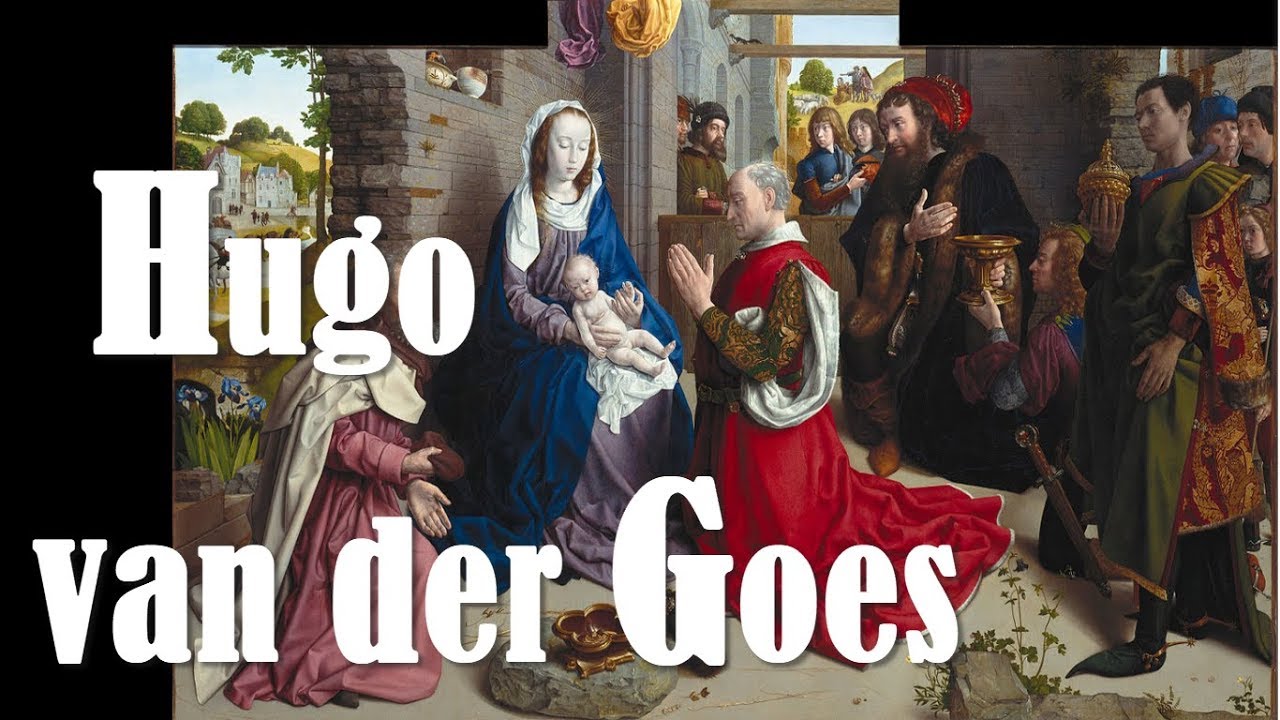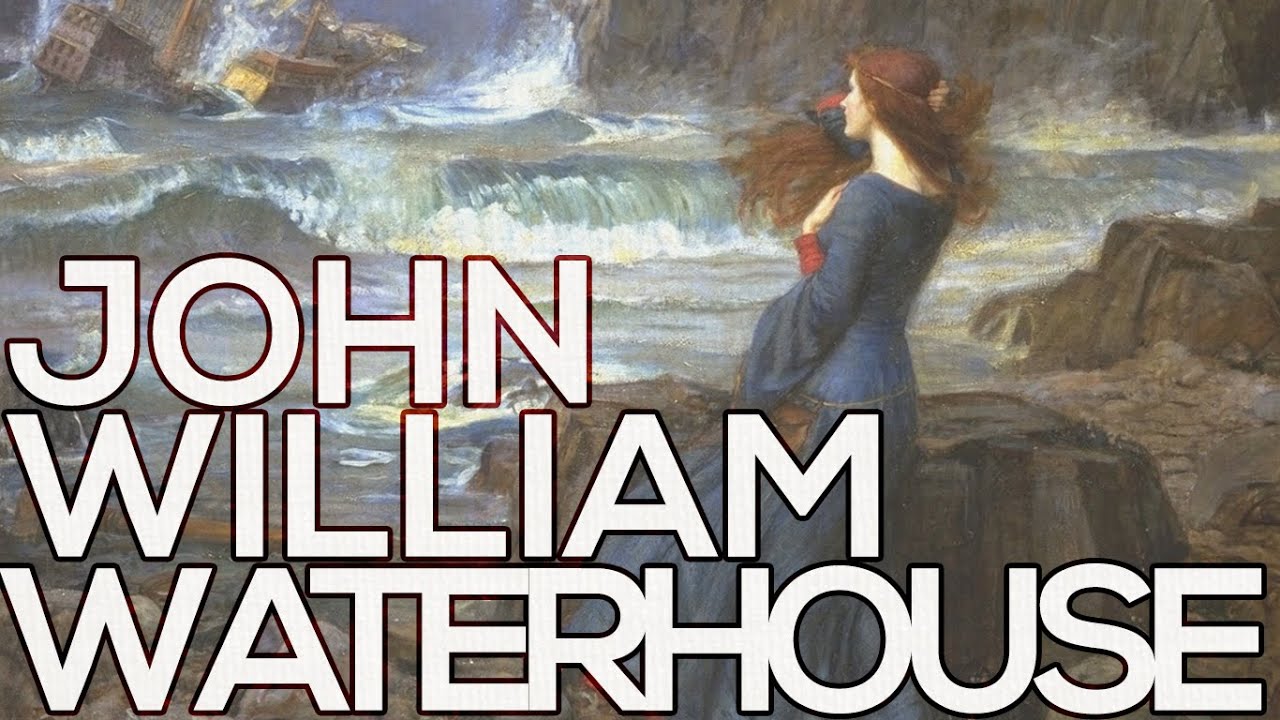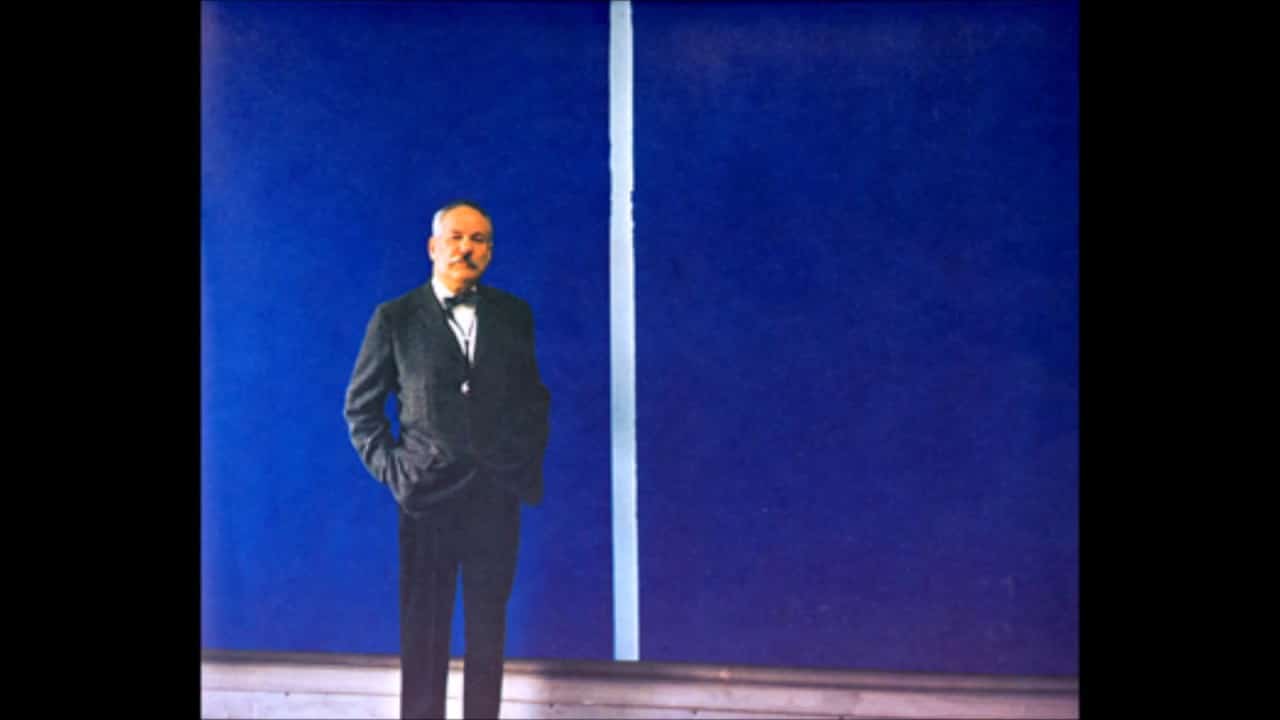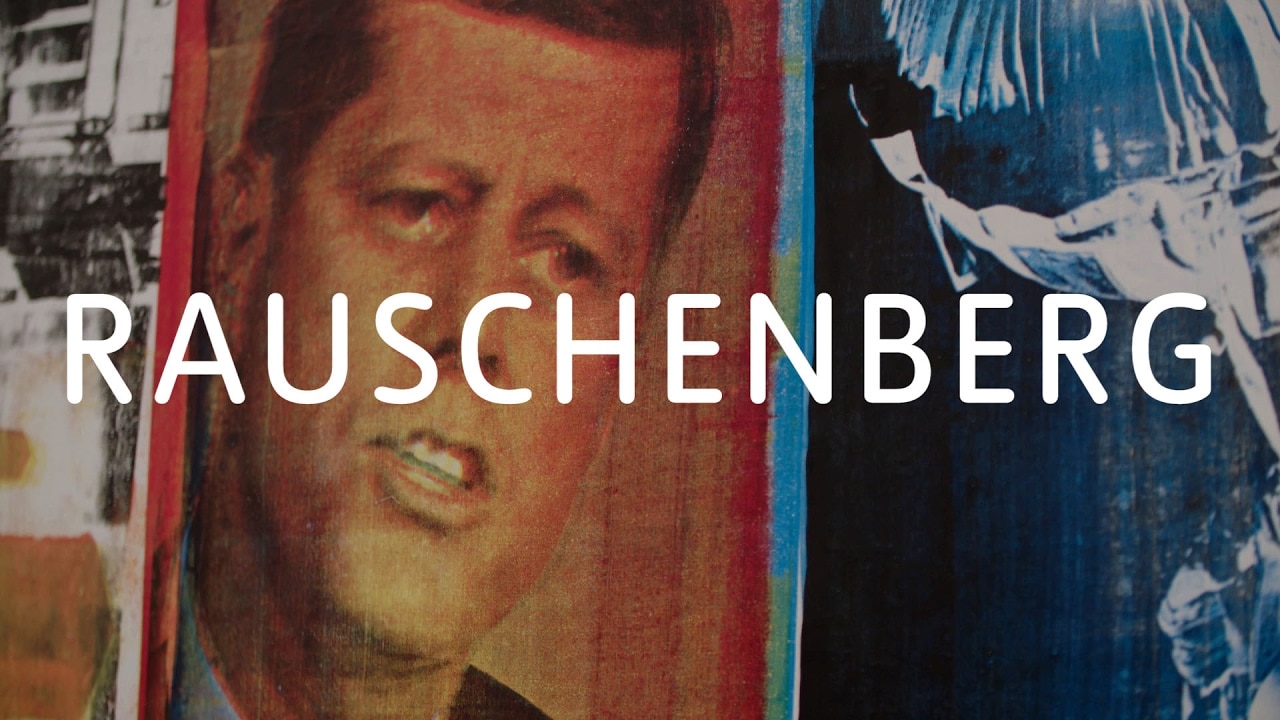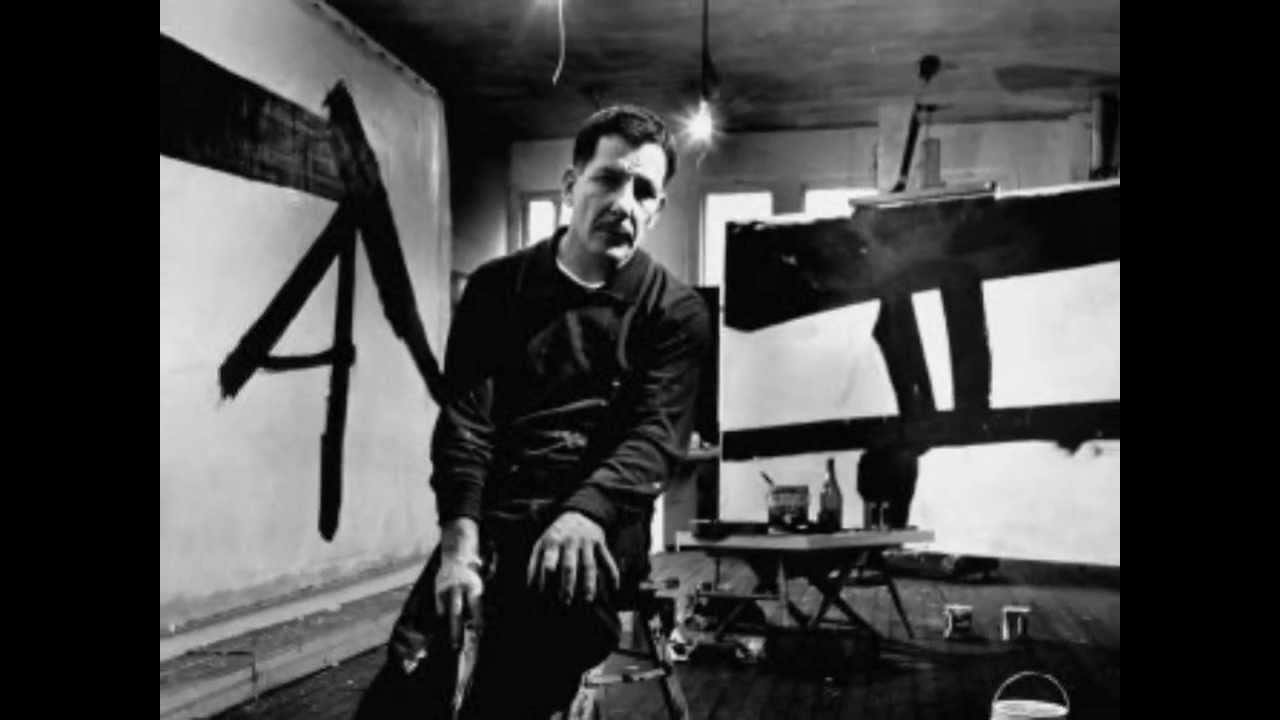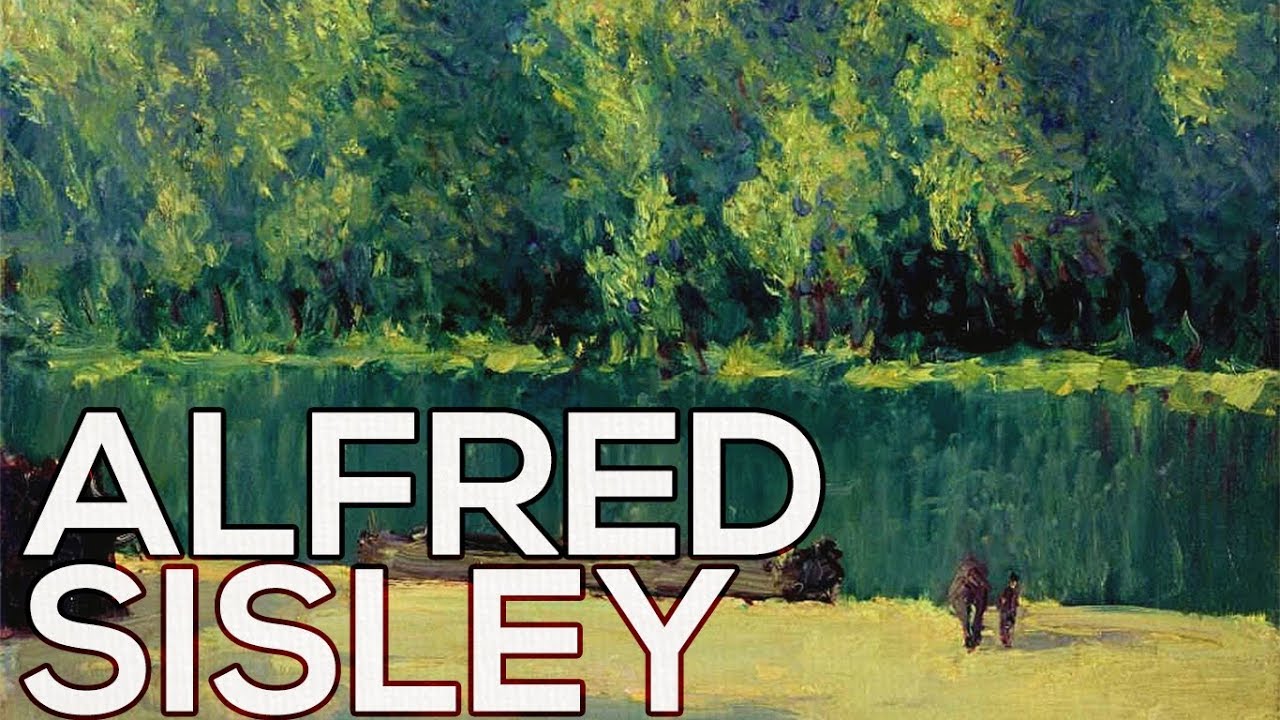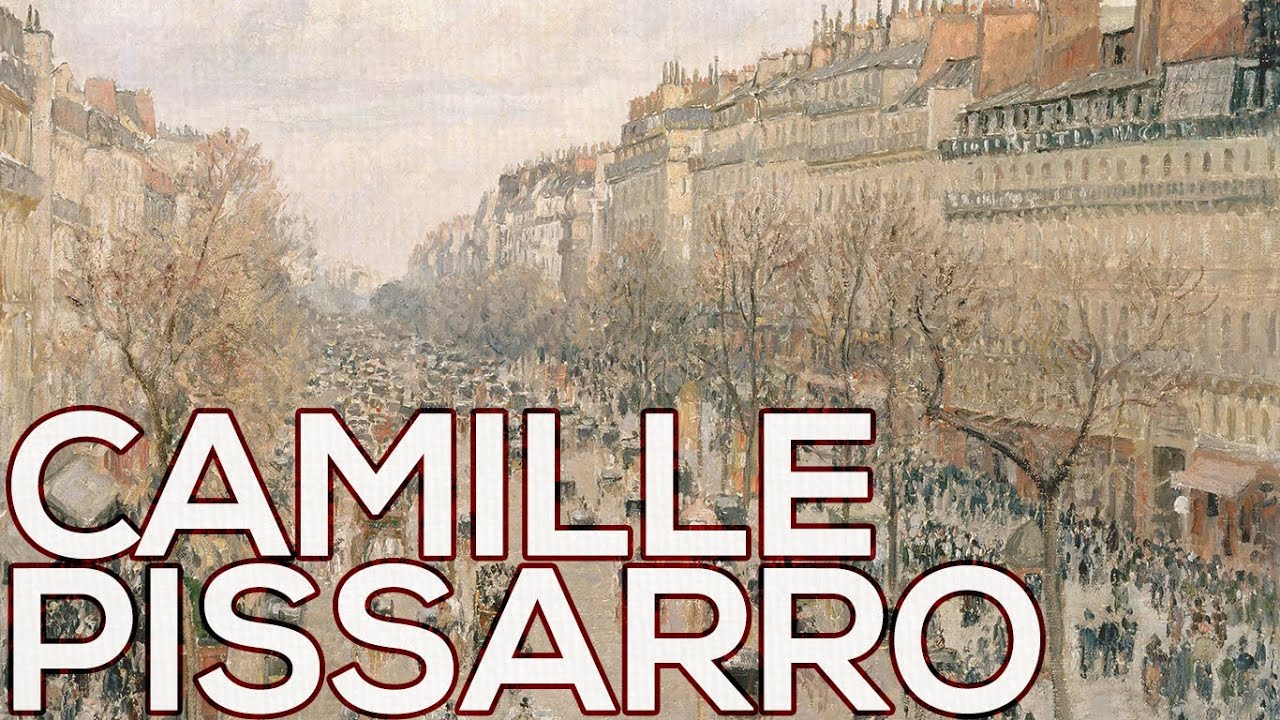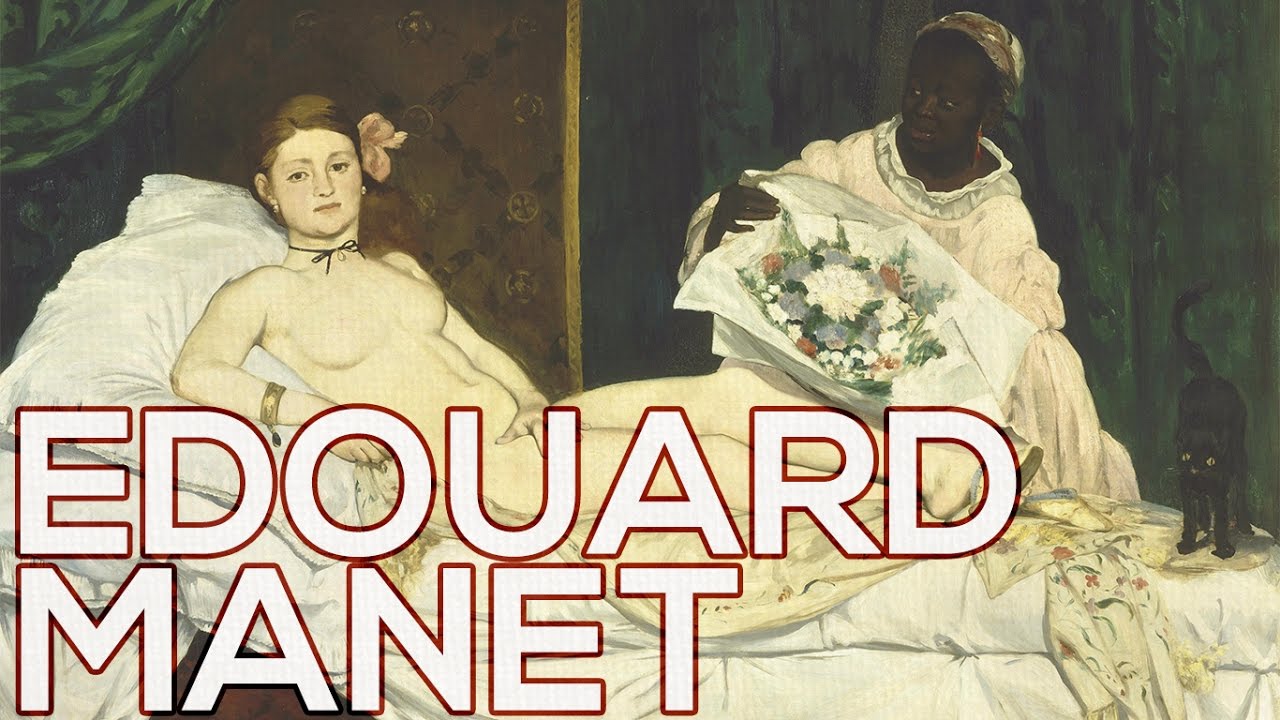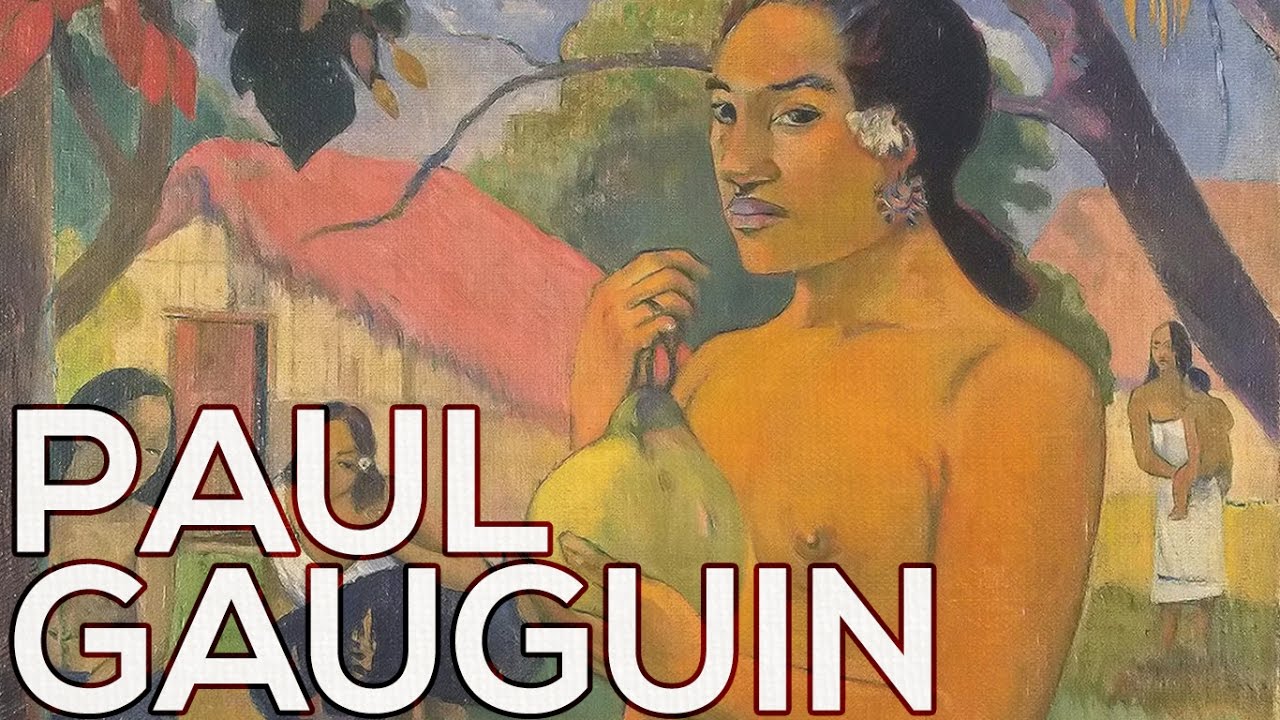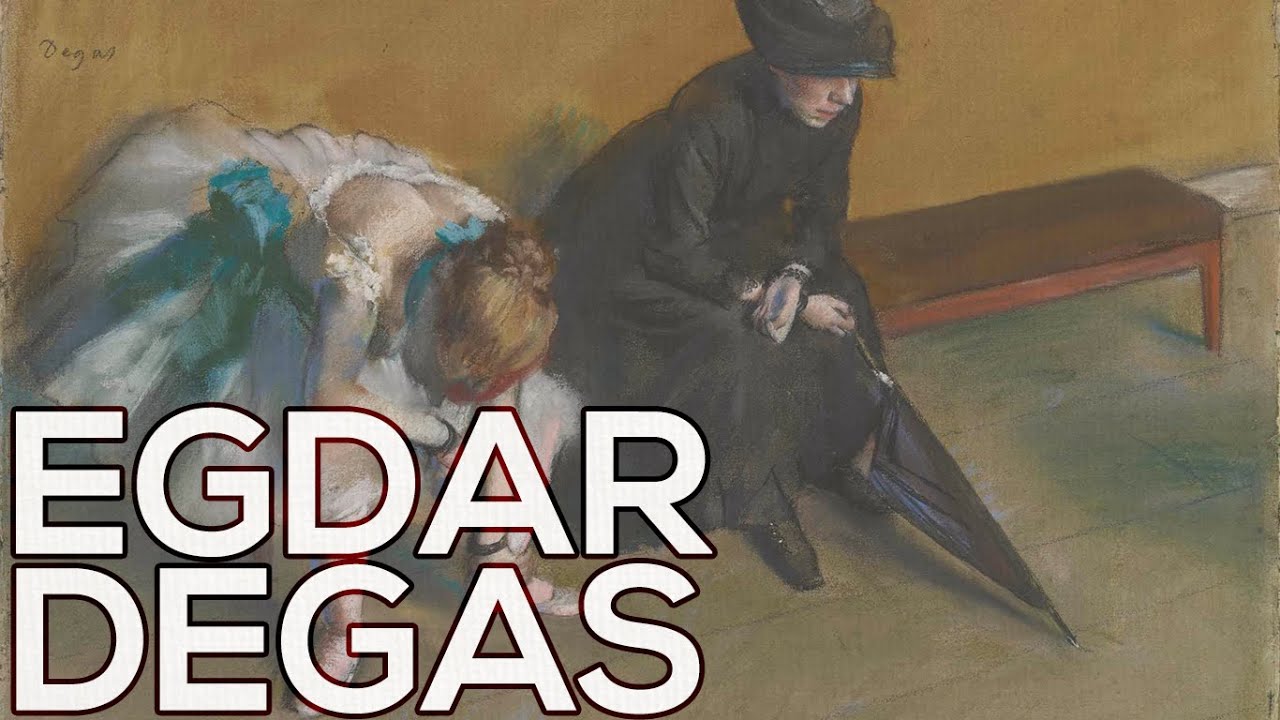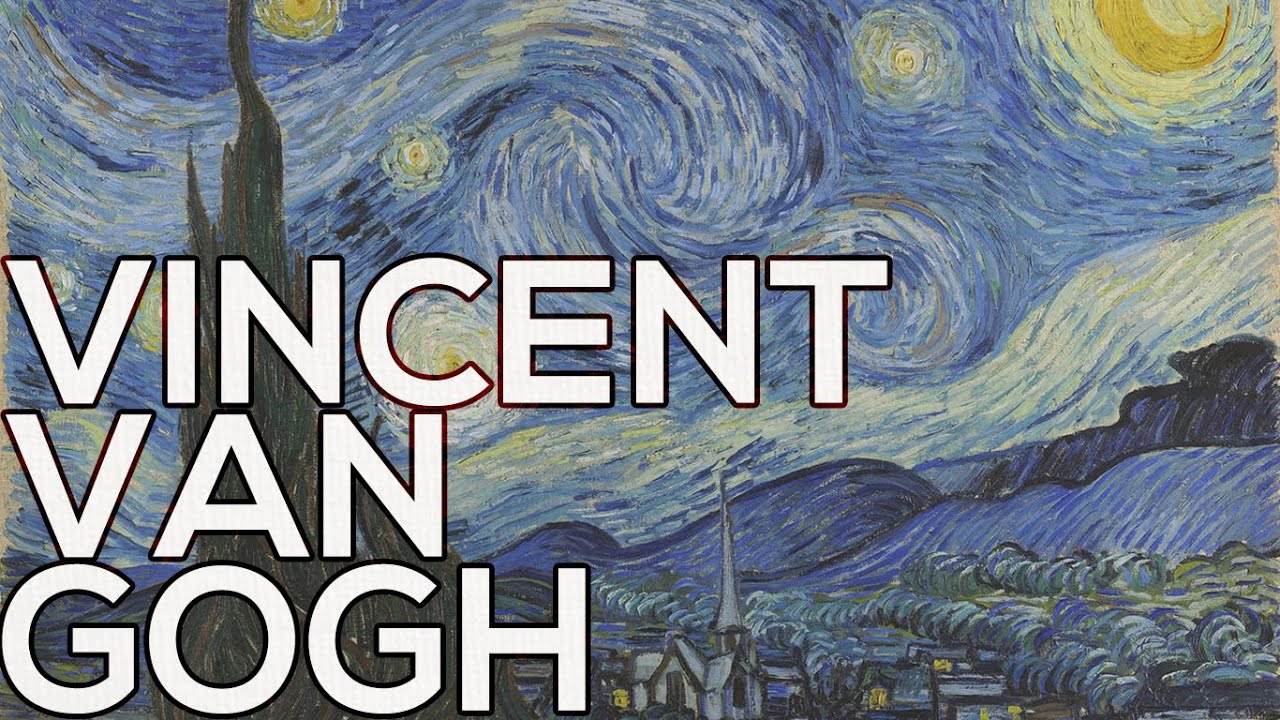Camille Pissarro was not treated well by the critics of his time. Some ridiculed his love for green, violet, and blue. Others disliked his radical beliefs.
Modern Interpretations of Classic Paintings
Creative Remakes Of Famous Paintings I was walking on a path with two friends, the sun was setting, suddenly the sky turned blood red. I paused, feeling exhausted and leaning on the fence, I saw blood and tongues of fire on the fiery black fjord. – René Magritte explained his painting “The Son of Man”: …
